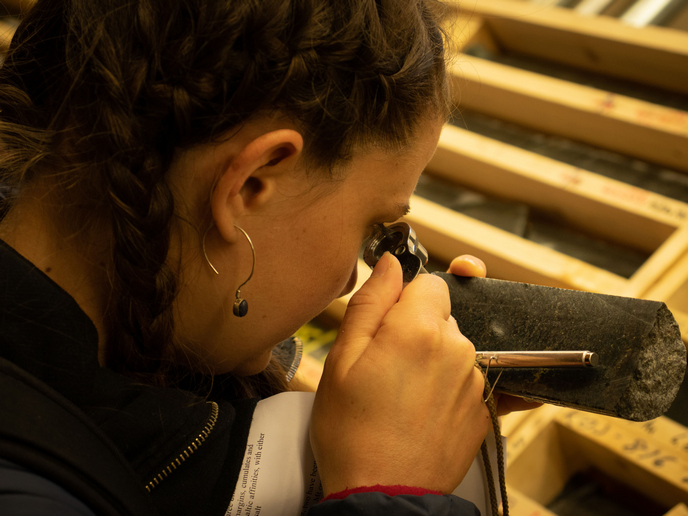Advanced tools support low-impact mineral prospectivity mapping
To succeed in the green transition and become climate neutral by 2050, the EU needs an increasing amount of critical raw materials (CRMs). Responsibly sourcing and recycling CRMs will reduce the impact of exploration and mining on nature and the environment. One of the best ways to do this is to conduct ‘prospectivity mining’ in silico for both primary and secondary raw materials, using models to precisely identify high-potential targets with zero environmental impact. The EU-funded EIS(opens in new window) project developed tools integrating AI, machine learning and deep learning to analyse extensive datasets from previous exploration campaigns. This data-driven approach should accelerate discovery, minimise ecological disruption and support more sustainable and efficient exploration for CRMs.
Advanced modelling tools leverage existing big data
“The integration of AI, machine learning and deep learning into mineral exploration offers transformative potential. By analysing vast datasets from previous exploration campaigns – including geophysical, geochemical and geological data – these technologies can uncover patterns and correlations that are beyond human capability to detect,” explains project coordinator Hafsa Ahmed Munia of Geological Survey of Finland(opens in new window). The use of AI will significantly reduce the need for expensive and invasive field operations, thus lowering both financial and environmental costs. Machine learning and deep learning models that can continuously improve with new data will lead to more precise and reliable predictive capability over time.
Digital library of primary mineral systems and advanced analysis tools
Existing non-commercial tools for mineral prospectivity analysis are scattered and require significant expertise to use effectively. “To address this critical gap, EIS developed two software applications that include new geomodels as well as novel, fast and cost-effective spatial data analysis tools for mineral exploration analysis, mapping and mineral systems modelling,” says Munia. The EIS toolkit(opens in new window) is a stand-alone Python library of mineral systems. It integrates machine learning and spatial data analysis to facilitate mineral prospectivity mapping at a level unmatched by currently available free software. The tools in the toolkit can be used individually in Python scripts or via the EIS QGIS wizard(opens in new window). The EIS QGIS(opens in new window) wizard is a user-friendly interface that enhances accessibility to the toolkit, streamlining workflows for geologists and exploration professionals. The plug-in allows users to navigate each step of mineral prospectivity mapping. The repository includes documentation for the installation of the software.
Sustainable European CRM supply with minimal environmental impact
EIS evaluated the capability of the EIS tools to produce mineral prospectivity maps for secondary raw materials (from mines and/or from processing/metallurgical wastes). The evaluation noted gaps in information needed and resulted in recommendations on how to facilitate mineral prospectivity mapping for secondary raw materials. “Supporting exploration teams in all stages of their projects, EIS’ tools will streamline workflows, enable better decision-making, and facilitate the sustainable discovery of CRMs through more precise targeting of deposits,” Munia concludes. In this way, the project’s outcomes will increase Europe’s long-term self-sufficiency regarding CRMs and support the implementation of the European Green Deal, benefitting the EU economy, its inhabitants and the environment. The public can learn more about the vital role of CRMs in daily life and in the economy, the green transition and sustainable development through the project’s podcasts and videos(opens in new window).



